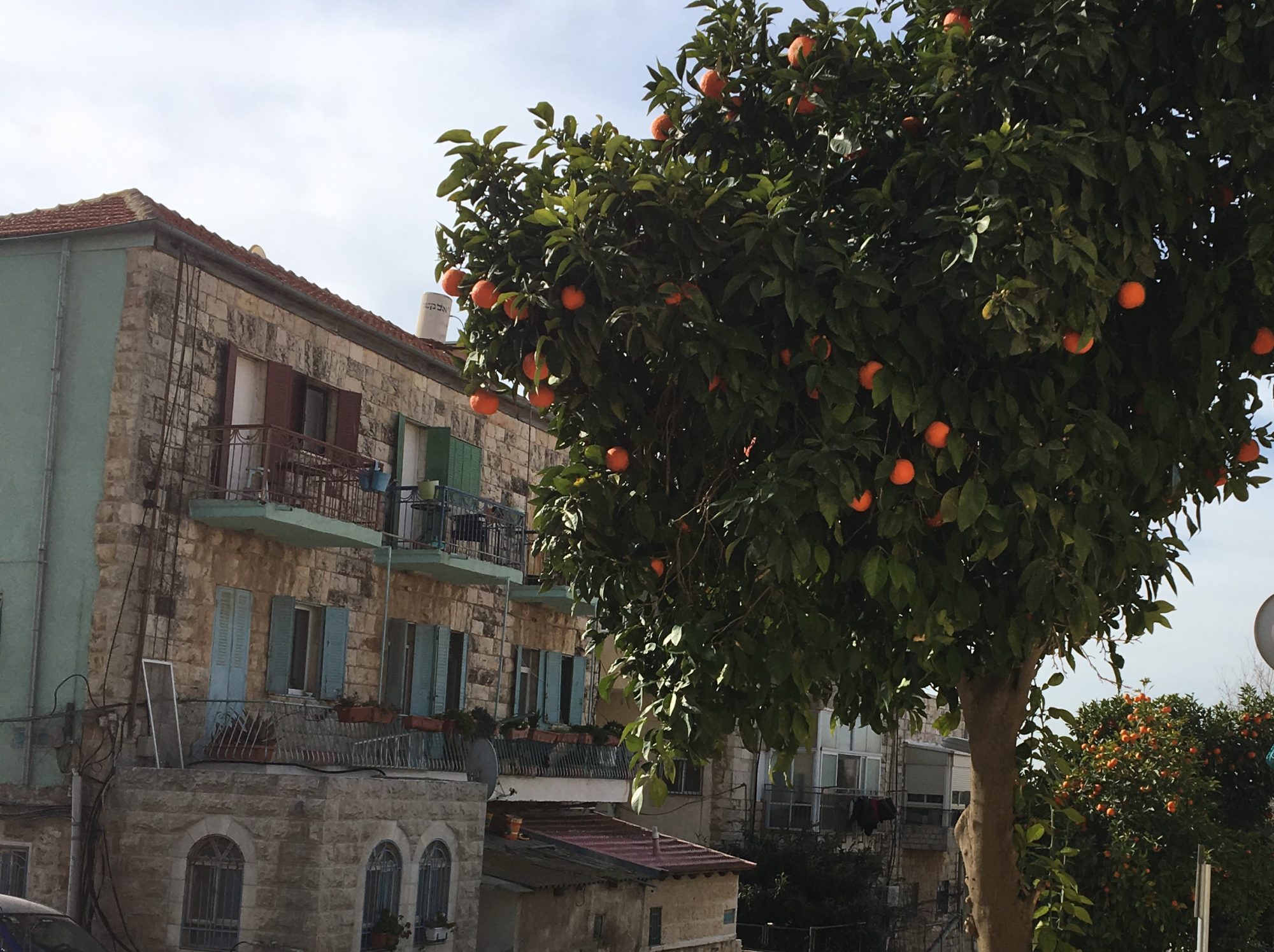(Above is Fashion Revolution’s 2nd “Fanzine” called “Loved Clothes Last”)
I have been following Fashion Revolution’s Instagram for at least a year now. They are an extremely useful resource and global movement for everything that has to do with mass consumption and excess in the global fashion industry, and the steps some big fashion houses and organizations are taking to educate, reduce waste and recycle.
The Rana Plaza factory collapse in Bangladesh on April, 24 2013 where 1,138 people were killed and many more injured is the impetus for this global movement.
Their mission:
“Fashion Revolution is a global movement calling for greater transparency, sustainability and ethics in the fashion industry.
We want to unite the fashion industry and ignite a revolution to radically change the way our clothes are sourced, produced and purchased, so that what the world wears has been made in a safe, clean and fair way.”
In addition to a variety of global campaigns and courses, they just published their second “Fanzine” #002 titled “Loved Clothes Last”which is this abundant resource on global textile recycling, the secret world of second-hand clothing (including in what countries the clothes you donate end up ), how to care for different types of fabrics and repair your clothes, and the list goes on.

The Secret World of SecondHand Clothing (page 94-95) and “Can banning secondhand clothes in East Africa make a difference?” (page 98-99) especially stuck out to me because when I lived in Nairobi, Kenya and frequented Kampala, Uganda in 2010, I was a regular at the second-hand markets, which are all over the place. Some are extremely large markets where you can get lost in, and some are just small stands set up around the city. The prices were so, so cheap. I found cashmere sweaters, beautiful jackets and Persian tapestries. Some of the clothes I found I still wear to this day. However, what I didn’t know before I read these articles was that this industry could be suppressing economic growth in East Africa. I always was under the impression that it creates jobs and wasn’t competition for any emerging, local business centered towards the growing middle class, especially in Nairobi.
As per the article, Did you know that an estimated 70% of clothes donated globally ends up in Africa?
“The global secondhand clothing industry is complex, fraught with controversy, and lacking in transparency. It needs to be far better regulated. Yet its impact on other countries is not a simple black-and-white issue. In Nairobi, used clothes create lots of jobs, albeit many pay poverty wages. The city’s show-stopping street style is due in no small part to plentiful access to cheap and stylish worn wares. But the local textile mill owners and fashion designers will tell you that used clothes are killing their businesses, and some secondhand dealers themselves argue it should be banned for suppressing economic growth. Kenya and many other developing nations are wrangling with what’s best for their countries and where used clothes fit into that picture.” (From Fashion Revolution’s corresponding Instagram post).

The magazine also includes recent design exhibitions, poetry, illustration, and photography exploring these topics.
Above is one exhibition that stuck out to me (Page 86-87) called “Fibre Market” by Dutch artist Christien Meindertsma whichexhibited this past year at London’s Design Museum.She had an installation exploring the role of technology in the potential of recycling textiles.
“Meindertsma worked with two textile companies to machine-sort 1,000 discarded woollen jumpers into rainbow-hued piles of fibres. However, while sorting through the jumpers, Meindertsma discovered that the 100% wool labels weren’t that accurate. Many jumpers were blended fabrics with as little as 40% wool.“ (From Fashion Revolution’s corresponding Instagram post).
As you might have understood from recent topics on Modest Jerusalem, such as recycling in Jerusalem , vintage clothing in Jerusalem, or an article talking about a mall in Sweden for recycled goods, that I am trying to become more aware and take action on how much I regularly consume, throw away and recycle. I try to purchase as much secondhand clothing as possible (there are limited options in Jerusalem but the market is expanding), and especially thanks to resources such as Fashion Revolution, and others like Ethical Fashion Tribe and Trash is for Tossers, I have become much more aware of the materials I want to purchase, what kind of pieces I want in my wardrobe, and with taking a basic sewing course at Bernina in Jerusalem I can now repair a lot of clothes and bags with minor issues that I might have ended up throwing away.
I always want to reinforce that this is a slow process and something I try to do in moderation. There are so many easy steps into reducing your consumption, assessing what you already have, and making much better choices on where to spend your money, that I recommend everyone to visit these websites and read the magazine, and see what small steps you might be able to take in 2018. Soon certain practices will become second-nature and you will feel empowered and save money.
The word Modest in “Modest Fashion”to most might include showing less skin, but it definitely should also include being Modest in your purchase choices and consumption.
Happy to hear feedback.




2 Replies to ““Loved Clothes Last”. An Online Magazine Focusing on Waste, Mass Consumption and Recycling in the Fashion Industry.”